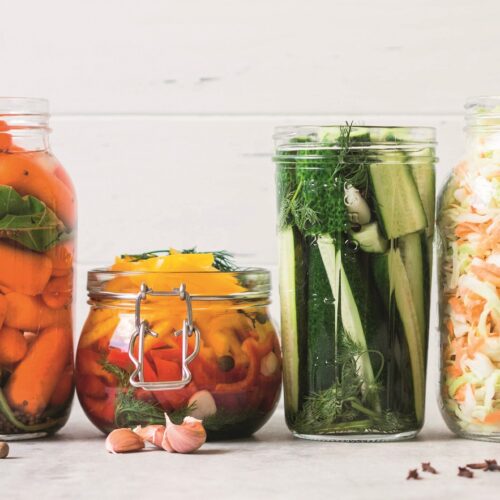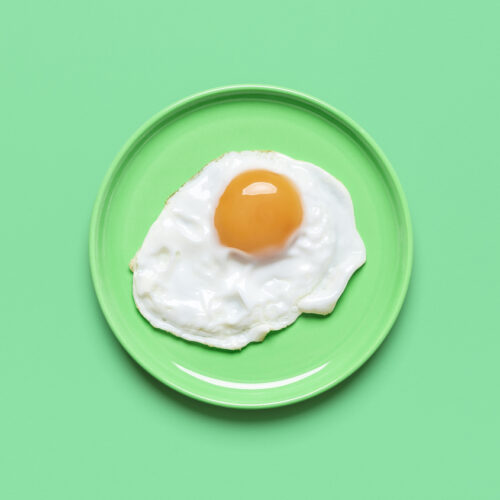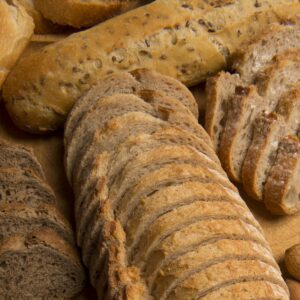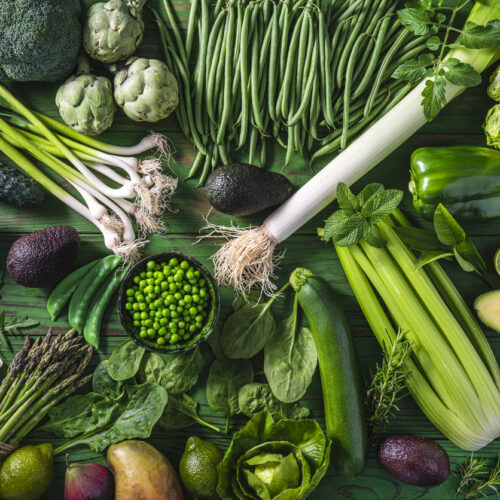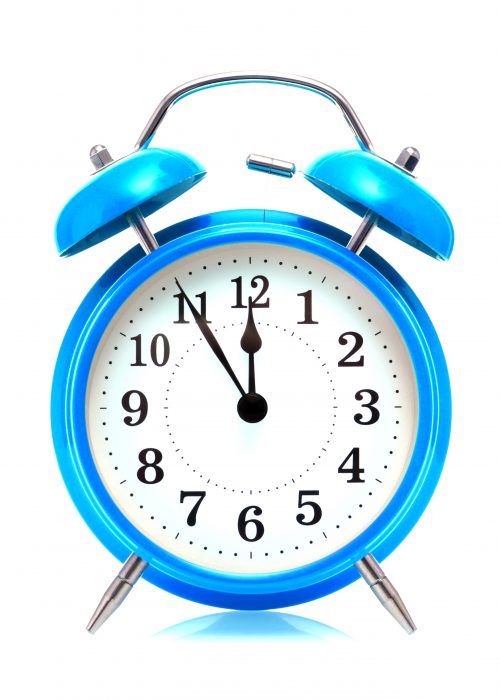
It’s tempting to snack, most of us do and while there’s nothing inherently wrong with it, it can be easy to fall into a snacking ‘trap’. Rather than eliminating snacking completely, it makes more sense to make it our goal to snack well. Here’s how.
We start snacking from a young age. Children’s stomachs are small and they have to eat regularly to get all the energy and nutrients they need throughout the day. Mothers know this and aim to provide healthy snacks for their children. So why do snacks become something different when we are all grown up?
Unless we want to put on weight — and there are some who do — then the energy in snacks needs to fit in with our total energy needs each day. They’re not something we can put on top that somehow won’t count. And we need to separate snacks from treats.
Think of treats as occasional foods we eat for pure indulgence even though they may add little in the way of nutrients. (For some people treats may be lower-energy nutritious foods — but unfortunately that’s not the norm for most of us!) And if those treats are high in saturated fat, refined carbohydrates or salt there’s even more reason to limit our treat-eating occasions. For everyday snacking we need healthy food options.
A couple of snacks each day providing around 400-800kJ each will fit into most people’s diets. Snacks can provide nutrients and essential vitamins and minerals such as fibre, protein and calcium. You know when you are likely to snack, so plan ahead so you don’t get caught out and simply reach for that chocolate bar when hunger takes hold.
Time your snacks right
Most of us have a time or times of day we’re most vulnerable to making poor snack choices. Identify your weak times and write a list of nutritious, filling and satisfying options.
11am: I can’t face breakfast so I’m starving by mid-morning
The rethink
We’re not saying you have to tuck in to a huge meal first thing but a slice of grainy toast topped with peanut butter or a bowl of wholegrain cereal with trim milk and a chopped banana before you leave the house will do the trick. People who eat breakfast have better quality diets than those who don’t — partly because of the nutrient-rich foods we eat at breakfast and partly because of the energy-dense and nutrient-poor foods we’re likely to eat after skipping breakfast. So if you really can’t face anything at home, have a piece of fruit and a pottle of low-fat yoghurt when you get to work. Top up later with a small handful of nuts to help you stay satisfied until lunch.
Try carrot sticks with hummus. Take a small container of hummus to control the portion size. Or make a mix of pumpkin and sunflower seeds, which provide sustaining energy. A hard-boiled egg is also satisfying and loaded with nutrients.
3pm: I’m having a post-lunch slump in the office
The rethink
Mid-afternoon is a common time to snack (especially if lunch wasn’t very filling) making us susceptible to unhealthy foods. But instead of ignoring the urge to eat, choose a satisfying snack to keep you from raiding the fridge as soon as you get home.
Try low-fat yoghurt. It’s a natural source of bone-building nutrients, including phosphorus and calcium, and contains protein which is satisfying. Or eat a couple of rice cakes with cottage cheese or peanut butter. Satisfy a sweet tooth with dried fruit, such as apricots or juicy Medjool dates.
6pm: I can’t hold out for dinner
The rethink
If you haven’t had a snack in the afternoon, chances are you’ve gone for five or six hours without any food. No wonder hunger usually gets the better of you when you’re preparing dinner and surrounded by food! The trouble is, munching on crisps or salted peanuts, pieces of pita with dips, chunks of cheese, or that leftover bowl of pasta in the fridge, can push up the kilojoules so that you could have more now than you actually have on your plate at dinner time. The key is to stock up on low-energy nibbles for when you’re in the kitchen and cooking dinner.
Try cutting up some crudités as you prepare the evening meal so you have something to chomp on while being surrounded by food — sticks of cucumber, celery and carrots are low in energy, nutritious and won’t spoil your appetite. If you need something to have with them, try lower-energy salsa or tzatziki over creamy dips.
9.30pm: I like to nibble while watching TV
The rethink
Many of us snack in the evening, so the first thing to check is that your evening meal is filling enough. And, before you open the cupboards while watching TV, think about whether you’re truly hungry, or if a warm drink would keep you satisfied. To help you sleep well, make sure snacks are light.
Try snacks that will help you relax. Sleep experts suggest the best before-bed snack is a carbohydrate-rich food with a bit of protein. Good choices include a cup of warm milk, a slice of wholegrain toast spread with a little peanut butter, a small bowl of wholegrain oats with milk or plain popcorn with a milky drink. If your after-dinner weakness is ice cream, and portion control is not an option as far as that is concerned, resist the temptation by keeping a low-energy sorbet in the freezer or for a creamier taste have a little reduced-fat Greek yoghurt with fruit.
Do you snack when you’re stressed?
Help! I reach for comfort food when I’m stressed
The rethink
When we snack at our desks we may not be focusing on what we’re eating. So keeping healthy snacks to hand is key.
Try unsalted almonds. A small handful will boost healthy fats and nutrients, and two to three Brazil nuts each day boosts selenium. A banana or apple is the ultimate pre-packaged snack food.
www.healthyfood.com


